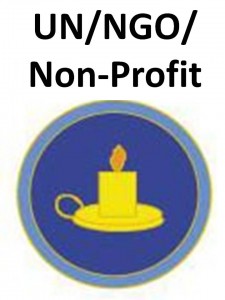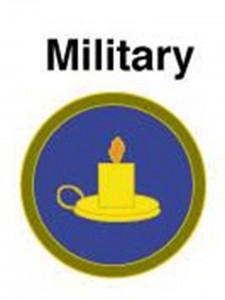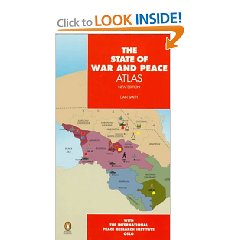
![]() This Author Sees the Side of Knowledge I Do Not…
This Author Sees the Side of Knowledge I Do Not…
September 3, 2007
Mark Smith
This book is off the beaten track for me, but came to me at a very good time, when I am exploring collective intelligence and group consciousness, and wisdom-driven communities of practice.
I have met the author, and consider him to be an extraordinary human being, completely credible. I consider his insights into the voice that is not a voice, into the utility of integrated prayer, touch therapy and bio-energy feedback and therapy to be extremely valuable complements to my area of strength, reality-based decision support.
I totally buy-in to the author's core concept that auras are the core of the human mind and spirit, and that we have lost the ability to use that form of feedback, communication, and hoarmonization.
The book recommended daily self-examination of ones own aura, and documents how to see your own aura and those of others. I consider it an important work relevant to alternative and natural healing, to channeled bio-energy, and to creating propserous and peaceful communities across the Earth.
The author really got my attention when he told me that Amazon has now put everyone within ONE degree of separation, instead of the more traditional six to seven degrees of separation that were characteristic of the industrial era and anolog communications. I continue to labor to get Amazon to officially form ExpertWiki for every topic for which they have expert authors, and to also help stimulate the emergence of localized Wisdom Councils among readers known to read in the areas of the ten high-level threats to humanity, perhaps using MoveOn.org's OSINT (Open Source Intelligence) ground that is moribund at this time.
This is an easy to read book, and similarly to the “no lose” proposition that one should believe in God, I believe that one should get in touch with their own aura and the auras of others.
Other material of possible interest:
What the Bleep Do We Know!?
The Lessons of History
The Manufacture of Evil: Ethics, Evolution and the Industrial System
Blessed Unrest: How the Largest Movement in the World Came into Being and Why No One Saw It Coming
The Unconquerable World: Power, Nonviolence, and the Will of the People
The Tao of Democracy: Using Co-Intelligence to Create a World That Works for All
The Tao of Abundance: Eight Ancient Principles for Living Abundantly in the 21st Century (Arkana)








